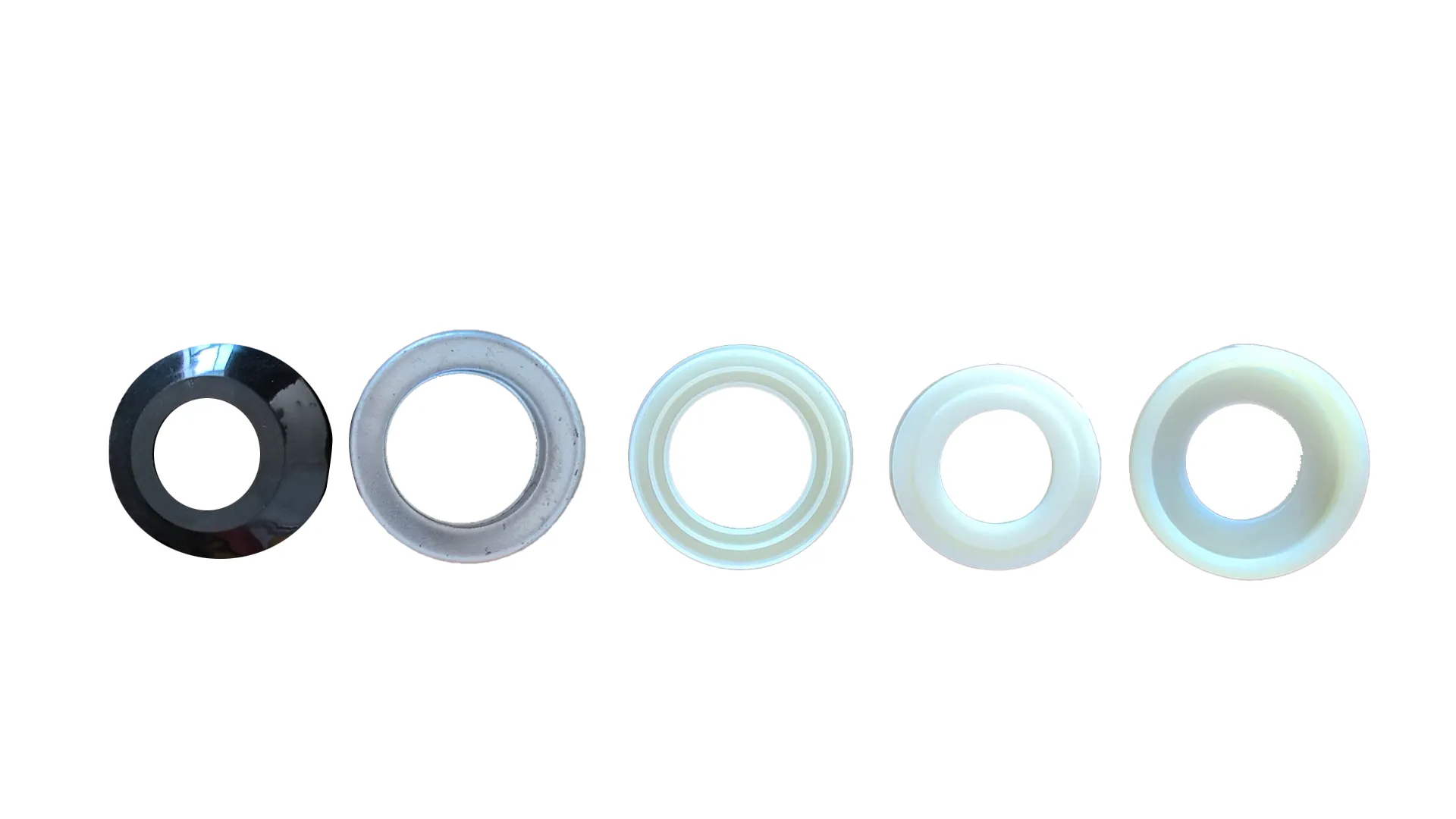 Afrikaans
Afrikaans  Albanian
Albanian  Amharic
Amharic  Arabic
Arabic  Armenian
Armenian  Azerbaijani
Azerbaijani  Basque
Basque  Belarusian
Belarusian  Bengali
Bengali  Bosnian
Bosnian  Bulgarian
Bulgarian  Catalan
Catalan  Cebuano
Cebuano  Corsican
Corsican  Croatian
Croatian  Czech
Czech  Danish
Danish  Dutch
Dutch  English
English  Esperanto
Esperanto  Estonian
Estonian  Finnish
Finnish  French
French  Frisian
Frisian  Galician
Galician  Georgian
Georgian  German
German  Greek
Greek  Gujarati
Gujarati  Haitian Creole
Haitian Creole  hausa
hausa  hawaiian
hawaiian  Hebrew
Hebrew  Hindi
Hindi  Miao
Miao  Hungarian
Hungarian  Icelandic
Icelandic  igbo
igbo  Indonesian
Indonesian  irish
irish  Italian
Italian  Japanese
Japanese  Javanese
Javanese  Kannada
Kannada  kazakh
kazakh  Khmer
Khmer  Rwandese
Rwandese  Korean
Korean  Kurdish
Kurdish  Kyrgyz
Kyrgyz  Lao
Lao  Latin
Latin  Latvian
Latvian  Lithuanian
Lithuanian  Luxembourgish
Luxembourgish  Macedonian
Macedonian  Malgashi
Malgashi  Malay
Malay  Malayalam
Malayalam  Maltese
Maltese  Maori
Maori  Marathi
Marathi  Mongolian
Mongolian  Myanmar
Myanmar  Nepali
Nepali  Norwegian
Norwegian  Norwegian
Norwegian  Occitan
Occitan  Pashto
Pashto  Persian
Persian  Polish
Polish  Portuguese
Portuguese  Punjabi
Punjabi  Romanian
Romanian  Russian
Russian  Samoan
Samoan  Scottish Gaelic
Scottish Gaelic  Serbian
Serbian  Sesotho
Sesotho  Shona
Shona  Sindhi
Sindhi  Sinhala
Sinhala  Slovak
Slovak  Slovenian
Slovenian  Somali
Somali  Spanish
Spanish  Sundanese
Sundanese  Swahili
Swahili  Swedish
Swedish  Tagalog
Tagalog  Tajik
Tajik  Tamil
Tamil  Tatar
Tatar  Telugu
Telugu  Thai
Thai  Turkish
Turkish  Turkmen
Turkmen  Ukrainian
Ukrainian  Urdu
Urdu  Uighur
Uighur  Uzbek
Uzbek  Vietnamese
Vietnamese  Welsh
Welsh  Bantu
Bantu  Yiddish
Yiddish  Yoruba
Yoruba  Zulu
Zulu conveyor belt idler rollers
Understanding Conveyor Belt Idler Rollers An Essential Component for Efficiency
Conveyor belts are a fundamental component in various industries, facilitating the smooth and efficient movement of materials. Among the crucial elements of conveyor systems are the idler rollers, which play a significant role in maintaining the operational integrity of these systems. Idler rollers are cylindrical components that support the conveyor belt, helping to guide its movement and ensuring that the materials being transported are handled effectively.
What Are Idler Rollers?
Idler rollers are non-powered rollers that are positioned along the length of a conveyor belt. Their primary function is to support the weight of the belt and any materials it carries. These rollers are typically installed in a series across the conveyor, allowing the belt to glide smoothly over the rollers, thereby reducing friction and wear. Idler rollers can be made from a variety of materials, including steel, rubber, or plastic, depending on the specific requirements of the application.
Importance in Conveyor Systems
The importance of idler rollers cannot be overstated
. They enhance the efficacy of the conveyor system in several ways1. Weight Distribution Idler rollers disperse the weight of the conveyor system, preventing sagging and maintaining proper alignment. This distribution is vital for preventing excessive wear on the belt and other components.
2. Belt Alignment Properly positioned idler rollers ensure that the belt runs straight and true, minimizing the risk of misalignment that can lead to spillage or damage to both the belt and the materials being transported.
conveyor belt idler rollers

3. Reduced Friction By providing a smooth surface for the belt to glide over, idler rollers significantly reduce friction, ensuring the efficient operation of the conveyor system. This friction reduction is critical for energy conservation, as less energy is required to move the belt and its load.
4. Minimized Wear and Tear The use of quality idler rollers can extend the life of the conveyor belt by reducing the amount of wear and tear that occurs during operation. This can lead to lower maintenance costs, fewer disruptions in operations, and increased productivity.
Types of Idler Rollers
Idler rollers are available in various designs to cater to different applications
- Flat Idlers These are the most common type, used across many general-purpose conveyors. - Troughed Idlers These are designed to form a V shape that helps to contain the materials being transported, minimizing spillage. - Return Idlers Located on the return side of the conveyor, these rollers support the empty belt as it returns to the loading point.
Maintenance and Best Practices
To maximize the efficiency and lifespan of idler rollers, proper maintenance is essential. Regular inspection for wear and tear, ensuring proper alignment, and timely replacement of damaged rollers can prevent costly breakdowns. Lubrication is also important to keep the rollers functioning smoothly and to minimize operational noise.
In conclusion, idler rollers are an indispensable part of conveyor systems, contributing to their efficiency, reliability, and longevity. Understanding their function and importance helps in appreciating the complexities involved in material handling operations. By investing in high-quality idler rollers and adhering to maintenance best practices, businesses can enhance productivity and reduce operational costs in their material handling processes.
-
Trusted Conveyor Solutions from Leading Conveyor Idler Roller ManufacturersNewsJun.27,2025
-
Reliable Return Idler Solutions for Efficient Belt Conveyor SystemsNewsJun.27,2025
-
Precision Conveyor Accessories for Streamlined Material HandlingNewsJun.27,2025
-
High-Quality Belt Conveyor Idler Solutions for Efficient Material HandlingNewsJun.27,2025
-
High-Performance Belt Conveyor Pulleys for Reliable Material HandlingNewsJun.27,2025
-
Enhancing Material Handling EfficiencyNewsJun.27,2025





























